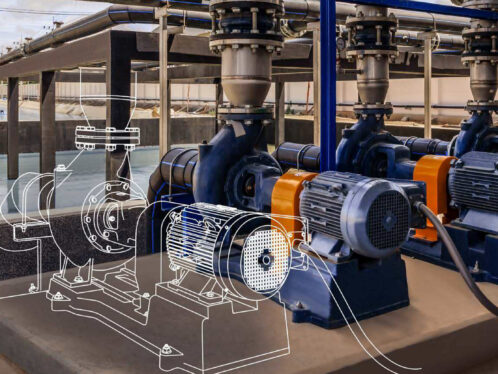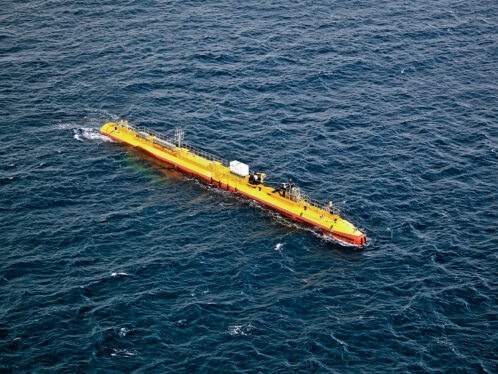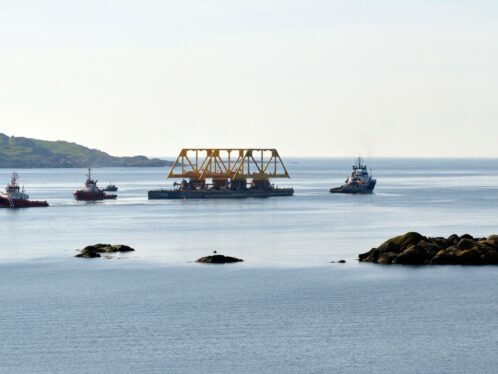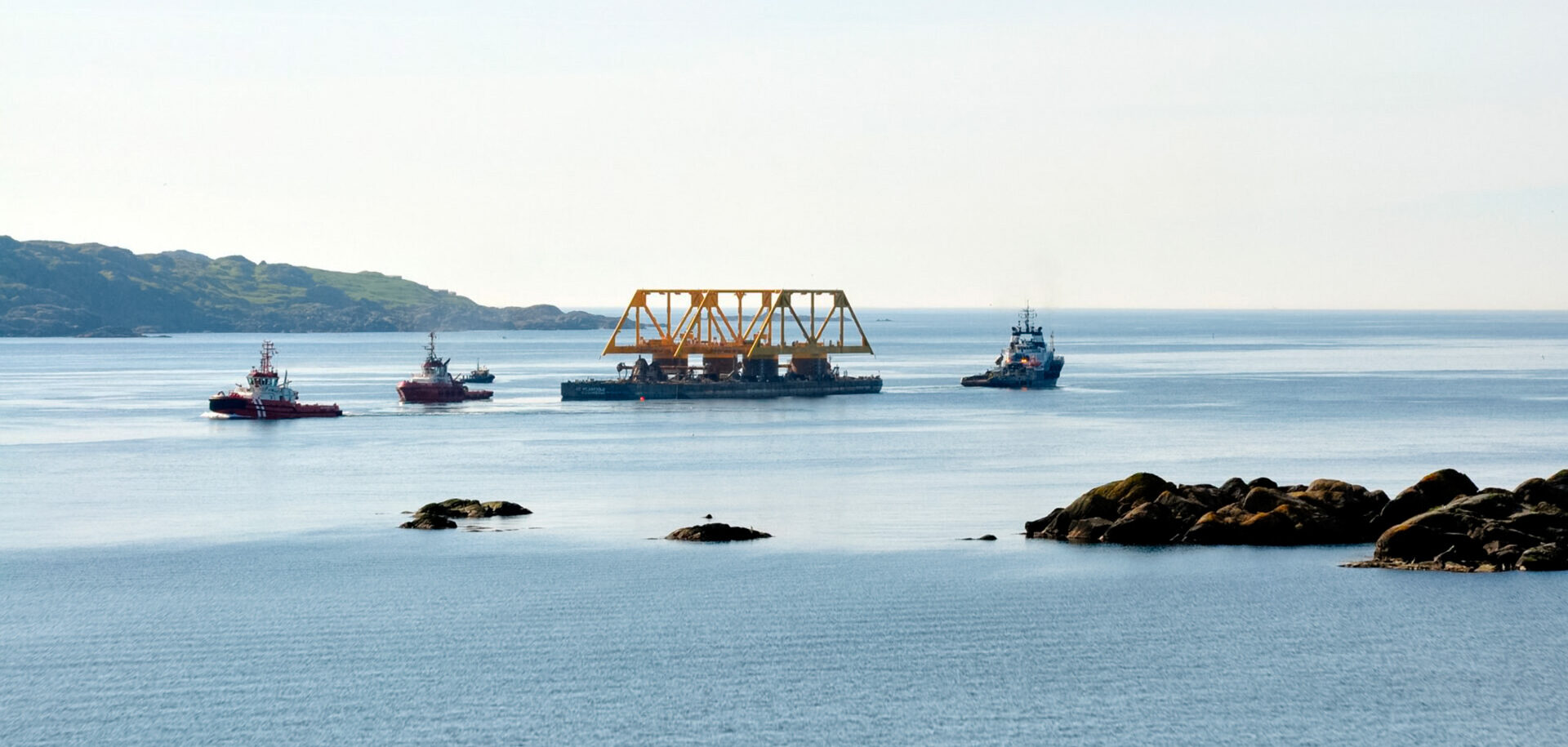
Magnetic bearings up to any test
Running turboexpander, high-speed electric motor and compressor applications in harsh environments is a challenge. Developing this equipment to reliably run underwater, in the desert and in extreme temperatures can be difficult using a traditional design. While magnetic bearings represent a robust and proven technology that is well up to the task, they are not widely applied. This may change now as their performance has been proven in one of the world’s most demanding environments, the Åsgard subsea gas field, situated in the Norwegian Sea. There magnetic bearings have been running trouble-free for more than five years and 90,000 hours.
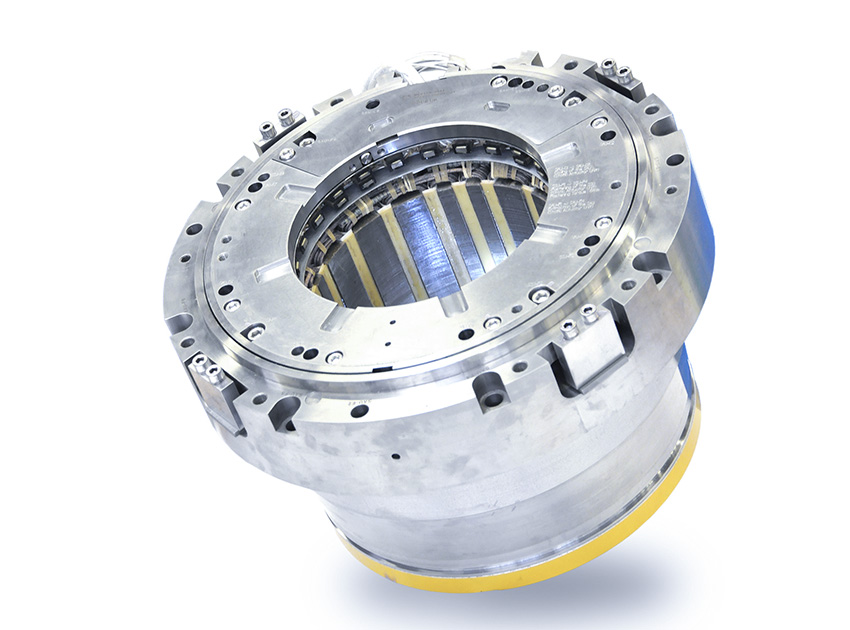
These characteristics make magnetic bearings particularly beneficial in energy, oil and gas applications in harsh environments. Many operate in the world’s most punishing environments, from Saudi Arabian deserts to North Sea platforms and Siberian fields above the Arctic Circle.
“Our magnetic bearings are currently running in over 750 turbo expanders, 200 stand-alone compressors and 150 hermetically sealed compressors around the world,” says Alexandre Kral, business development oil and gas, SKF. “They can also be found in gas turbines, generators, pump applications and much more.”
The only truly viable solution
When it comes to hermetically sealed compressors, magnetic bearings are the only truly viable solution because they don’t require dry gas seals. “With magnetic bearings you create a magnetic field so there is no touching of parts or mechanical wear,” Kral explains.
The lack of mechanical wear virtually eliminates stoppages. In onshore/offshore applications, only the magnetic bearing controller needs maintenance, and since it is largely made up of electronics, fans and filters, there is much less equipment to maintain. Another advantage with magnetic bearings is that the controller is more compact than with the standard oil lubrication system. This too is advantageous, particularly in tight spots such as platforms, floating production storage and offloading (FPSO) units or in remote areas.

Substantial reduction in energy consumption
In addition, magnetic bearings are cleaner than oil bearings, as they eliminate the need for a complex oil lubrication system, including piping to the oil reservoir, filtering and cooling. This contributes to a substantial reduction in energy consumption. “Magnetic bearings consume about 10 times less power than oil bearings,” says Kral. “There is also less data to follow up on due to less equipment. And with less equipment you don’t need as much space.”
Magnetic bearings consume about 10 times less power than oil bearings.Alexandre Kral, business development oil and gas, SKF
Yet despite all these advantages, Kral has witnessed hesitation when it comes to making the shift to magnetic bearings from more traditional oil bearings. One objection is that the initial cost of using magnetic bearings is higher.
“Some people think magnetic bearings are more expensive, and it’s true that the mechanical parts, the cabinet and maybe the machine design cost a little more,” Kral says. “But you easily erase this cost difference with the simplification of the installation of the machine on site. The machine will also have a smaller footprint with less weight. This saves costs by reducing the need to build structures, such as on an offshore platform. In parallel there’s a huge OPEX advantage due to less measuring, less equipment, no mechanical wear and higher availability.”
Following the Åsgard subsea project, SKF and its partners are putting the magnetic bearings to the test again. “With a five-year positive return, the Åsgard project has proven its efficacy,” says Kral.
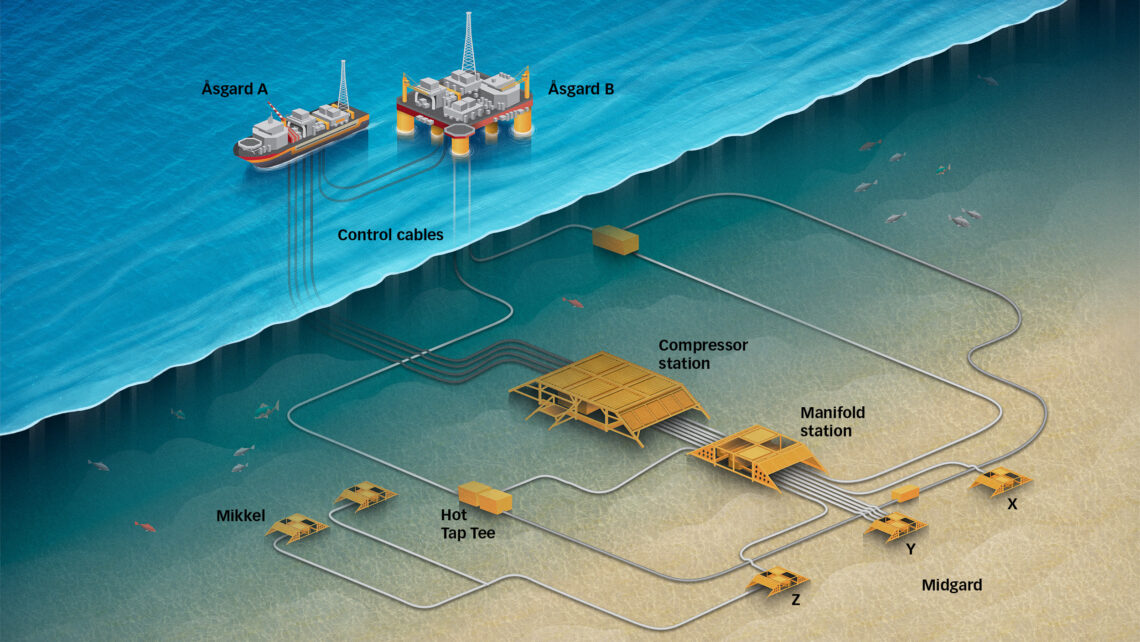
Underwater marathon – five years and going
The world’s first-ever subsea gas compression system, equipped with SKF magnetic bearings, has been in service at the Åsgard subsea gas field in the Norwegian Sea since September 2015. More than five years on and 90,000 hours later, it is still running perfectly, with near 100 percent availability.
SKF magnetic bearings are at the heart of the compression system, which contains two hermetically sealed compressor units that operate in a water depth of 300 metres. These high-speed motor compressors (7,000 r/min) were made possible using SKF’s magnetic bearing technology.
Compressors are normally installed on offshore platforms and above sea level, but the Åsgard seabed installation offered many advantages, including improved gas recovery rates (from 50 or 60 percent to more than 80 percent) while also reducing the operating and production costs. The system is better for the environment, with a smaller footprint and reduced CO2 emissions.
The Åsgard field, discovered in 1981, is an important part of the Norwegian Sea energy infrastructure. Production started in 1999, and exports of gas began a year later. SKF had a dedicated team with as many as 20 engineers working on the project over the five-year period.


